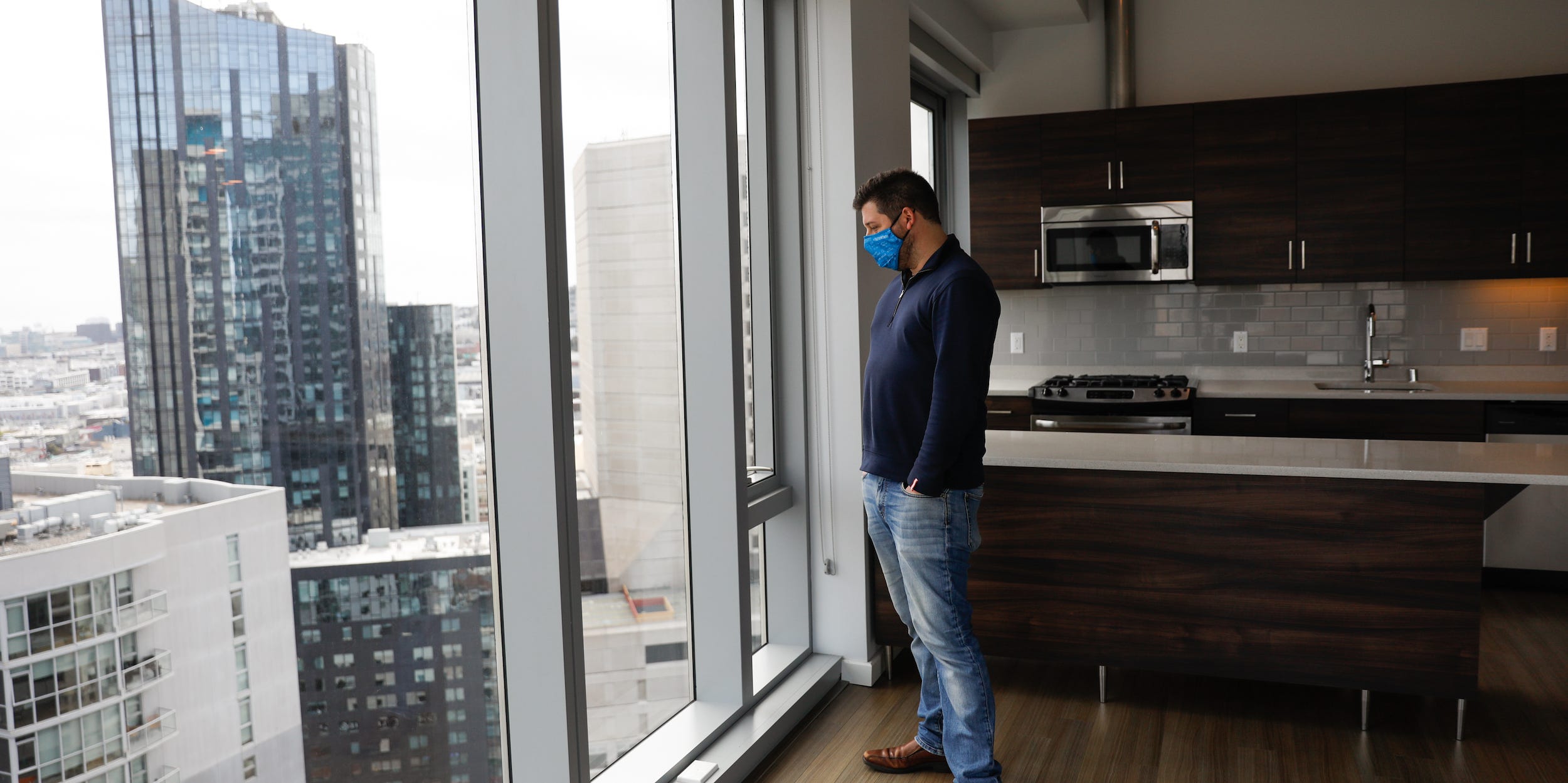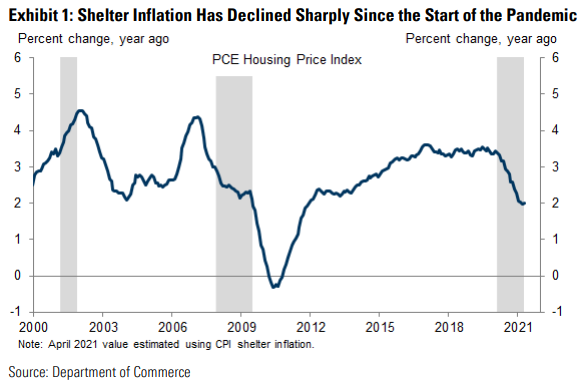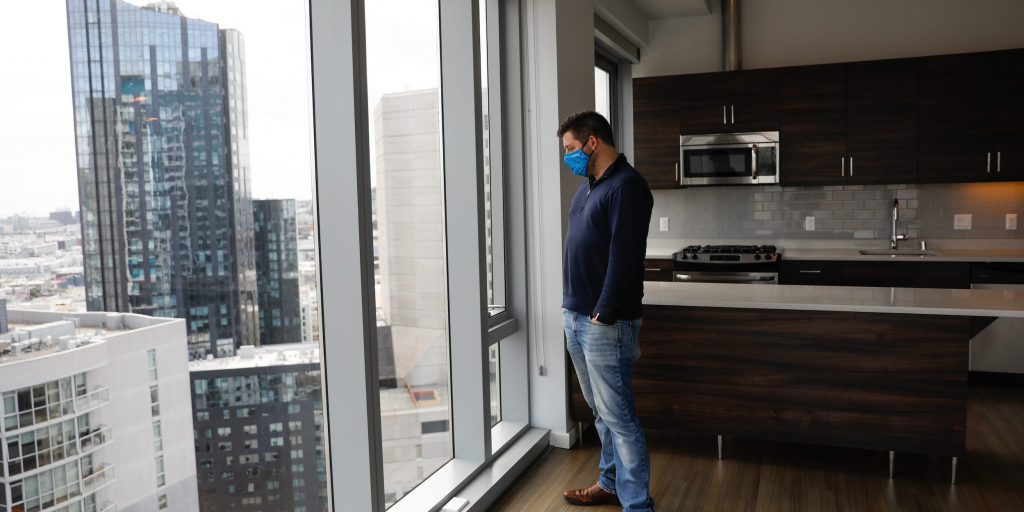
Gabrielle Lurie/The San Francisco Chronicle/Getty Images
- Shelter inflation – which tracks rent prices – is set to boom just as price growth elsewhere cools.
- The jump could lead inflation to normalize above the Fed's long-term target of 2%, Morgan Stanley said.
- Climbing home prices and the end of payment forgiveness will likely drive shelter inflation higher.
- See more stories on Insider's business page.
Rent prices tumbled at the start of the pandemic and are only just now on the rise. But where inflation in other pockets of the economy is expected to cool off, rent might just keep climbing.
The Federal Reserve, Biden administration officials, and much of Wall Street see elevated overall inflation eventually moderating as the economy settles into a new normal. The last inflation report, while stronger than expected, showed price growth picking up in services closely linked to reopening. The consensus holds that as such bottlenecks and pent-up demand fade, inflation should moderate, but "shelter inflation," or rent, could be the big exception to that.
Rent prices are flashing "signs of more persistent inflationary pressures" on the horizon, Morgan Stanley economists said in a Sunday note. Shelter inflation – which covers rent and owners' equivalent rents – is only just picking up after prices cratered through the pandemic.
Goldman Sachs echoed its peer in a Monday note, saying the "special factors" that held down shelter inflation during the health crisis will soon ease up and drive prices higher.
The shelter-inflation gauge is critical for broader inflation, since it represents "more cyclical, more persistent, and more inertial sources of price pressures," Morgan Stanley said. And as shelter inflation accelerates through 2021, it could lead broader inflation to normalize above 2%, the team led by Ellen Zentner added.

Goldman Sachs
Such an outcome could be worrisome for the Fed. The central bank has said it aims to let inflation run above 2% for some time before looking to pull it back to that threshold for the long term. Inflation settling above that level could force the Fed into an unforeseen corner.
Forecasts suggest soaring shelter inflation could also push inflation expectations permanently higher. Shelter prices are expected to grow 3.8% year-over-year by the end of 2022, Goldman economists said. Inflation will accelerate further and land above 4% in 2023, exceeding the highs of the last economic expansion.
With renters making up nearly one-third of the housing market, such strong inflation could spark intense price concerns. Elevated inflation expectations can drive real inflation higher, as businesses tend to raise prices and workers ask for higher wages when they expect price growth to accelerate.
Skyrocketing home prices could add to the sector's price pressures, the team of Goldman economists led by Jan Hatzius said. A historic shortage of home inventory and surging demand led home prices to climb at their fastest-ever rate in February, according to the Federal Housing Finance Agency. Although home prices don't directly affect shelter inflation, Goldman found that 5% to 15% of home-price growth eventually spills over into shelter inflation.
To be sure, shelter inflation counts for just 20% of the core Personal Consumption Expenditures index and 40% of the core Consumer Price Index, two of the most popular broad inflation gauges. It would take considerably strong shelter inflation to pull both indexes to worrying levels.
Still, the component is one to watch as the country reopens, Goldman said. The end of pandemic-era payment forgiveness will likely skew data later this year, as will a tighter labor market. If those factors can fuel stronger shelter inflation expectations, broad inflation could follow.

